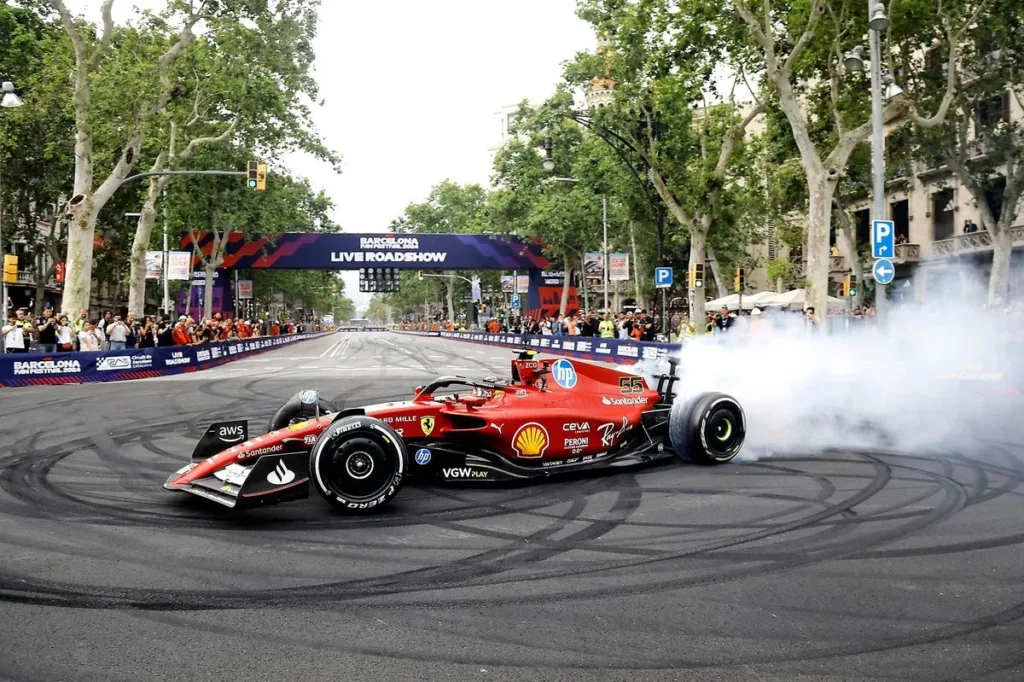Revamping the Circuit de Barcelona-Catalunya: A Racing Destination’s Transformation
The Circuit de Barcelona-Catalunya has long been a staple in the world of motorsports, hosting the Spanish Grand Prix and various other two and four-wheel championships. However, the circuit’s ageing facilities and historically poor accessibility have been a constant source of frustration for both the Formula 1 paddock and the passionate fans who attend the event.
As the circuit celebrated its 34th year since hosting its inaugural race in 1991, the organizers recognized the urgent need for a comprehensive overhaul. The event reached a critical juncture in 2022 when unexpectedly large crowds led to chaotic scenes, with long queues and a shortage of basic amenities like water. This prompted an apology from the promoters and a demand from Formula 1 to improve the fan experience.
A Comprehensive Renovation Plan
In response, the circuit and the regional government presented a 50 million euro renovation plan in October 2022, which included upgrades to fan facilities, new hospitality structures, and a more robust mobility plan. The fruits of this labor were already visible at this year’s event, where a new traffic management system and increased public transportation options helped alleviate the congestion issues that had plagued previous editions.
“Right after last year’s grand prix, we started working on a new mobility plan and changed the system to avoid traffic jams,” circuit director Josep Lluis Santamaria told Motorsport.com. “This year it’s working very well. We are also working with the authorities on public transport, and we have more people coming by train.”
The circuit has also invested heavily in new hospitality areas, including a 35-meter-high rooftop terrace overlooking the third sector of the circuit. Additionally, the organizers hosted a popular fan event in the central Placa Catalunya, attracting around 120,000 fans, and a roadshow on the adjacent Passeig de Gracia featuring a Ferrari F1 demo from home hero Carlos Sainz, which drew a crowd of 40,000.
Challenges and Optimism for the Future
While these improvements have been well-received, the circuit’s struggles to keep pace with the modern standards of Formula 1 have not gone unnoticed. The proposed train station behind the main grandstand, for example, is set to be completed after the final race of Barcelona’s current F1 contract, a frustration that has been felt across the paddock.
Santamaria, however, remains optimistic about the circuit’s future, stating, “It’s not too late. I think we are doing the things at the right moment. When we started with this plan four years ago, we decided to start working in a different way, invest a lot of money and put the circuit at the right level.”
As the Formula 1 calendar evolves, with the Spanish Grand Prix set to move to Madrid from 2026, Barcelona’s position has been severely weakened. Yet, the circuit’s management is determined to extend its contract and continue its rich motorsports legacy, with the goal of hosting its most successful events yet in the coming years.
The transformation of the Circuit de Barcelona-Catalunya is a testament to the circuit’s resilience and its commitment to providing an exceptional racing experience for both the teams and the fans. As the countdown to the next Spanish Grand Prix in Barcelona continues, enthusiasts eagerly await the circuit’s continued progress in becoming a true motorsports destination.
🔗 Source
